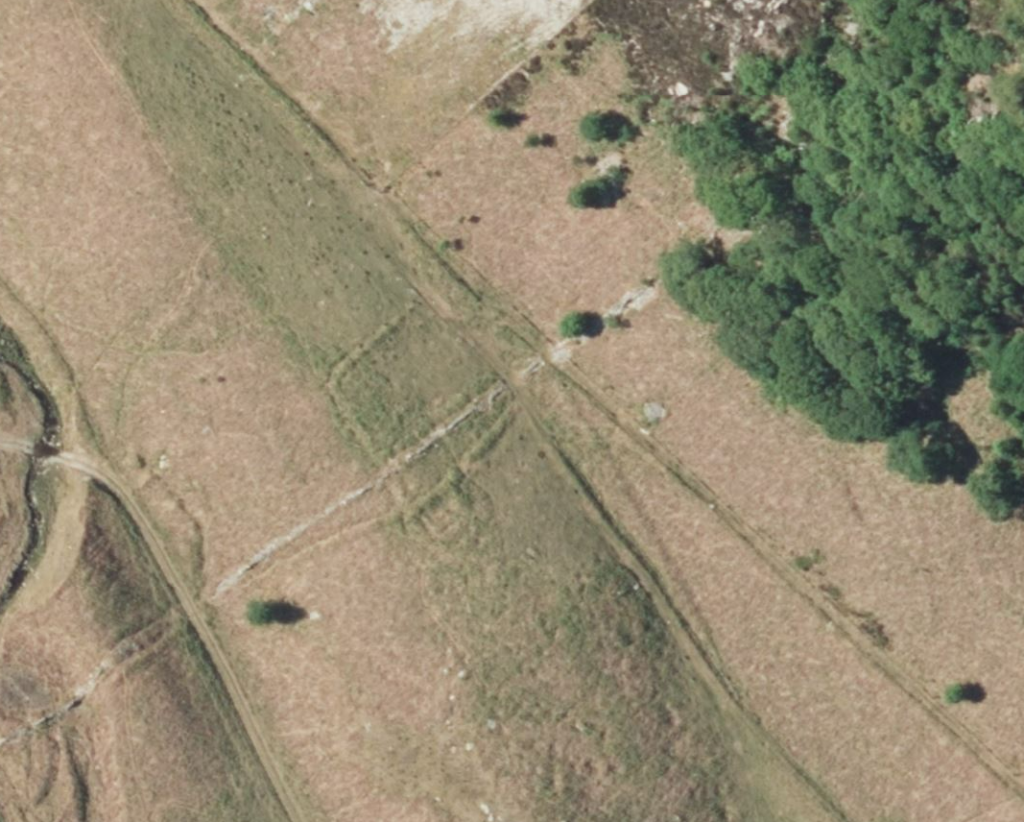Archaeology Update
After a successful Festival of Archaeology in July, which saw over 2500 visitors learning about the rich heritage and archaeology of Elan Valley, we have continued to run our volunteer training days in preparation for the fieldwork this Autumn.
Clwyd Powys Archaeological Trust’s Senior Archaeologist Will Logan (right) training volunteers in scale plans in preparation for digs later this month.


The training, led by Clwyd Powys Archaeological Trust, included how to record, draw and plan archaeological features as well as finds and artifacts.
This month we aim to complete our volunteer training with a field survey of recently exposed earthworks close to Cwm Elan mine and will report the results in the next newsletter. This site is not recorded on the Historic Environment Register and was recently brought to our attention by the landowner at Henfron Farm. Here recent bracken cutting has exposed a curvilinear earthwork with an attached platform with its own bank and internal ditch. This site, which we have tentatively named Nant Methan earthworks sits opposite Cwm Elan mine and could be a seasonal shepherds house or Hafod with an enclosure or fold for gathered sheep. It is a good example of how archaeology at Elan Valley can easily go unrecognized, although the recent Elan Links archaeological survey did make the first record of it, as attested in the image below, supplied by Trysor Heritage Services.

The outline of the enclosure can just be made out in the bracken. The site is divided by the later mine’s boundary wall. (Photo Credit Paul Sambroke, Trysor)

The earthworks are clearly shown on this Google Earth aerial photograph.

Training will be continued out on site when next we explore the remains of Llydiart-y-Myndd toll house and Inn. Volunteers will record the surviving stone work from this local landmark, which has a rich social history stretching back to the early 19th century and the Rebecca riots.
Records of these events have recently been found by Dr. Denise Bonnette-Anderson, one of our archive volunteers scouring the letters and accounts in the National Archives. 180 years ago, this month on Monday 9th October 1843, rioters attacked the toll house at Hill Gate, blinding Eleanor Jones the gatekeeper and returned to destroy the tollgate itself in November 1843. We will report the results of these excavations in the winter issue of the newsletter.